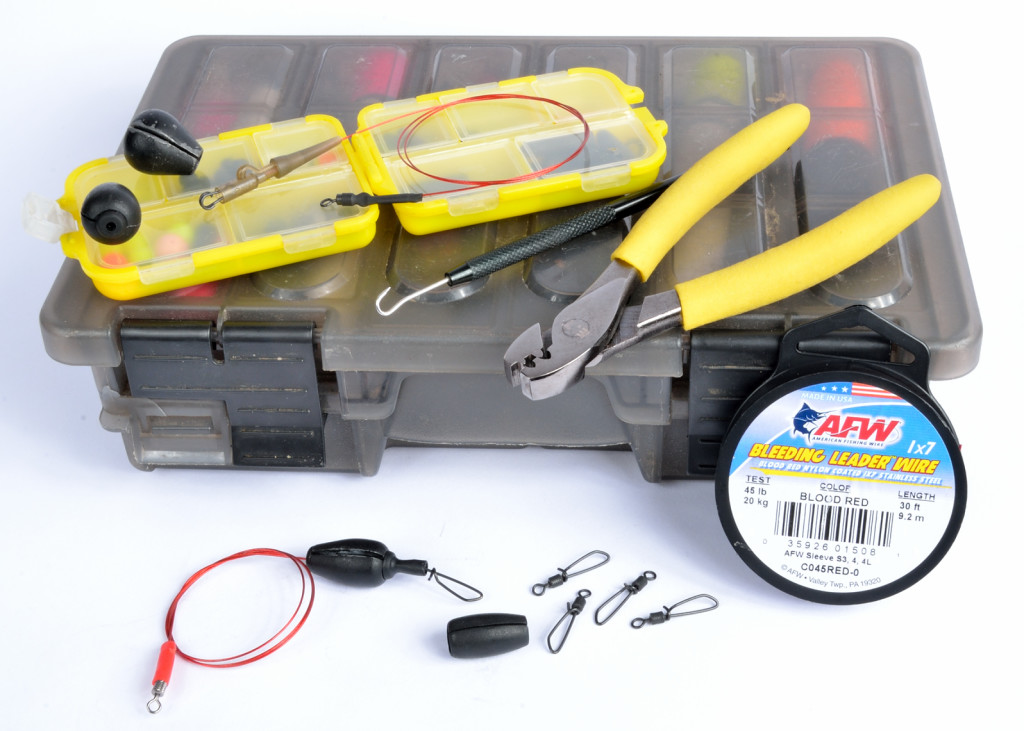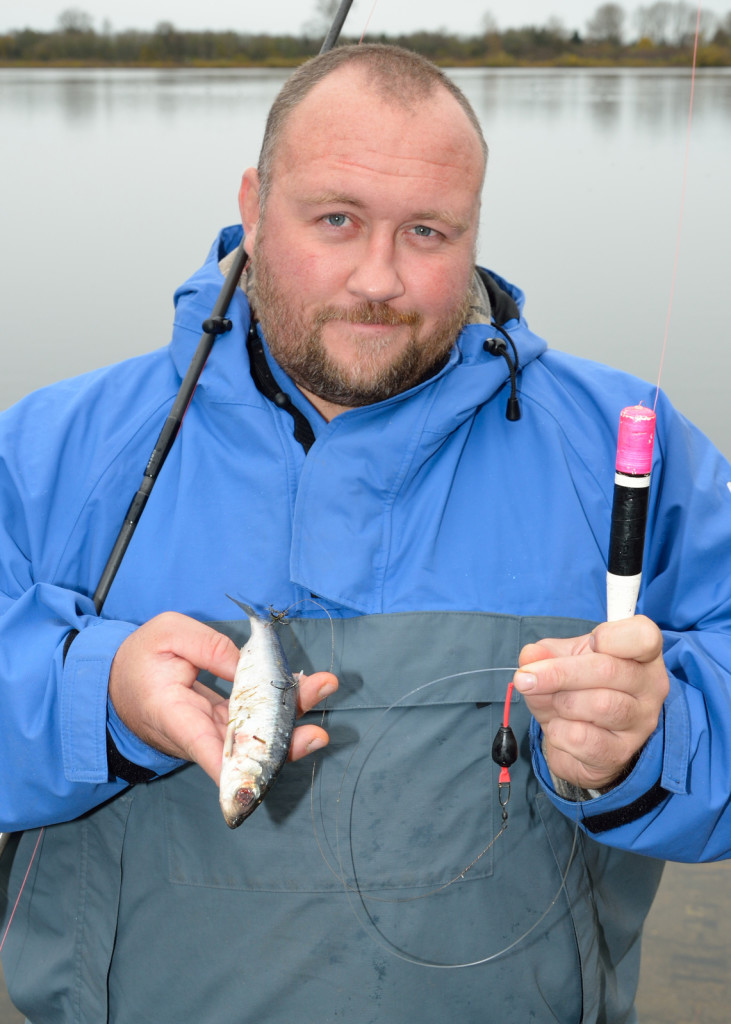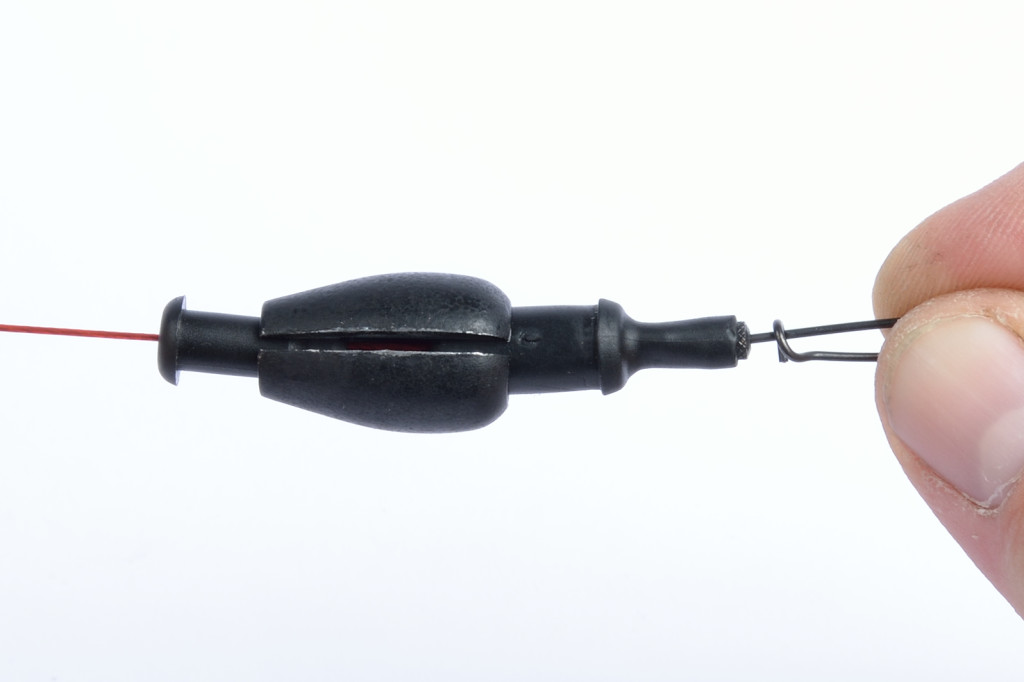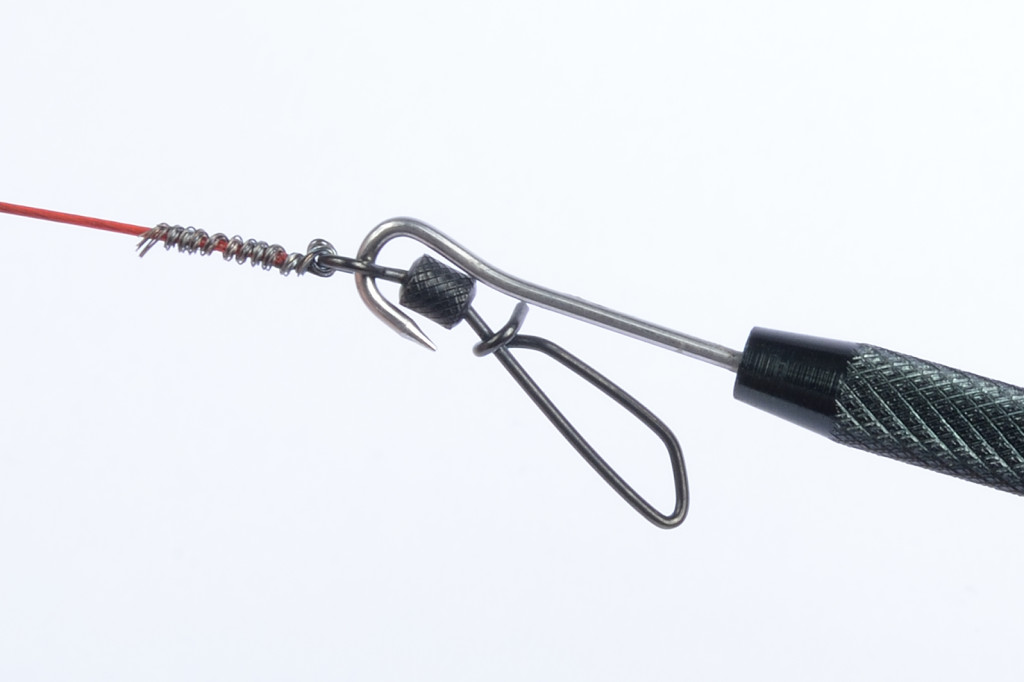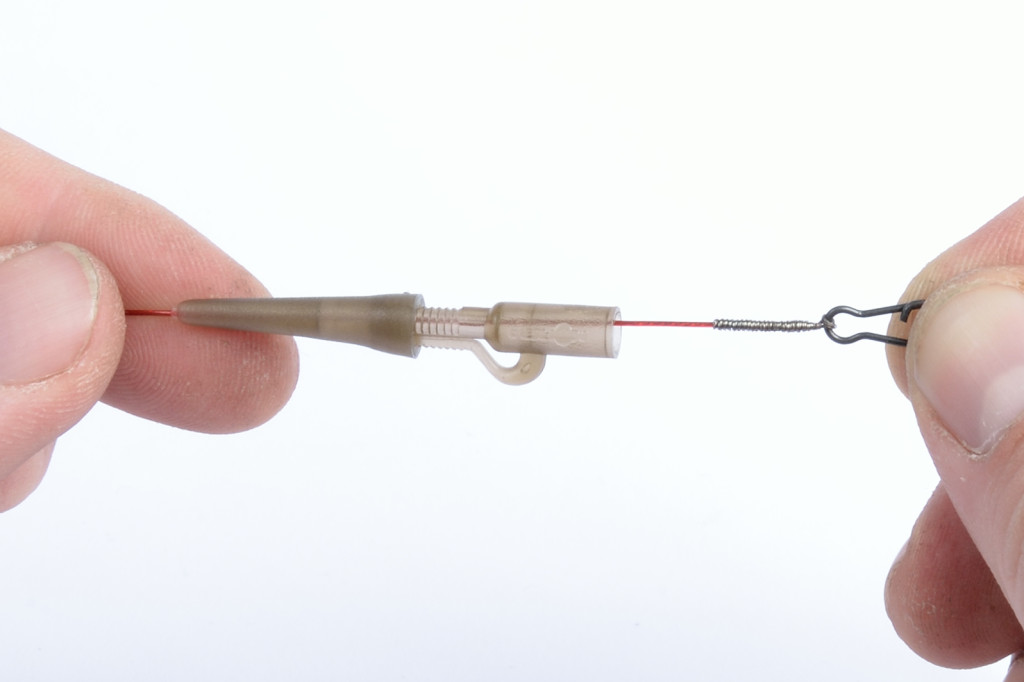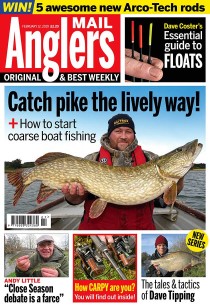Up-traces 101
An Up-trace, as the name suggests, is a secondary trace that is placed above the main trace. It is used to prevent bite- offs, which can occur, although rarely, when employing certain methods, such as float fishing – where there is a possibility that, should the rig become tangled or a live bait swim upwards, there is a potential for the pike’s teeth to come into contact with the main line, so you could leave a baited trace in a fish.
Some anglers use them all the time, some don’t bother with them. Personally I use them on all my float fishing rigs, as, not only do they prevent bite offs, but they also have anti-tangle properties and give you something to hang on to while hand-landing pike. I used to use wire for all my up-traces but for the last couple of years I have mainly been using 150lb fluorocarbon, which I find more than suitable for the job, but it can be a tricky material to use so if I have to make some up on the bank I still use wire in most instances. My up-traces are usually around 2.5 – 3ft in length – it is important that the up-trace is longer than your main trace, this prevents tangles with the main line.
To make a wire up-trace you will need a 3ft length of 45 – 50lb wire. I use nylon- coated “Bleeding” trace wire from Eddie Turner Tackle.
1. At the top of the trace, using a lighter burn off a 3 inch section of the nylon covering.
2. With the use of a twiddling stick twist on a swivel. You can add a swivel cover if you like.
3. Then slide on your weight you want, I use egg sinkers, these can come off if the rig becomes snagged.
4. On the end of the up-trace you need a clip to clip your hook trace to. Again, I burn the nylon cover off and then twist clip on.
5. The egg sinker is pulled down over the twist and should sit nicely just above the clip.
6. As an alternative to an egg sinker weight you can also use a lead clip, I use this if I need to use a heavier weight then an egg sinker.
This article was fist published in Anglers Mail Dec 2018
